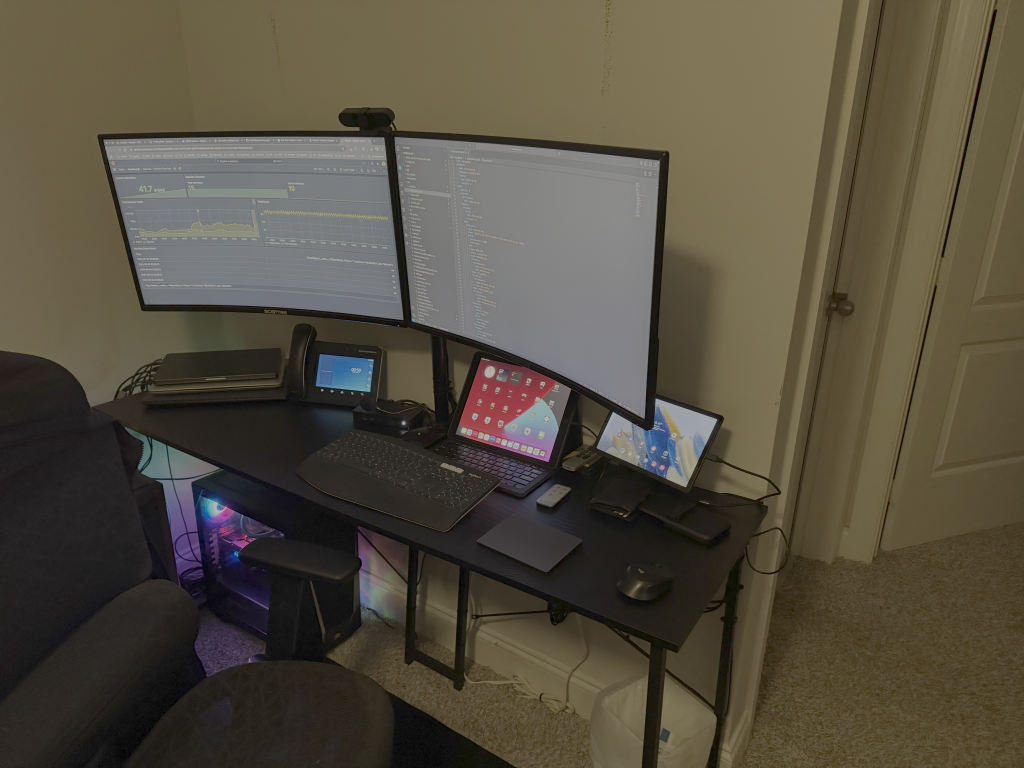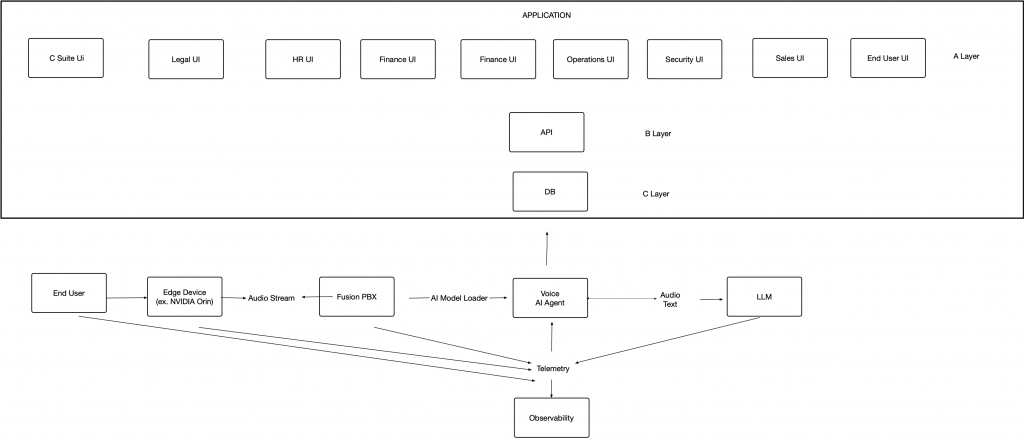My Journey: From Network Engineering to DevOps to Developer – A Story of Continuous Evolution
The Foundation: Self-Taught Skills and Certifications
My journey began with a deep dive into network engineering, where I built my foundation through self-taught skills and rigorous certification programs. Over the years, I’ve earned 15+ certifications that have opened doors and validated my expertise:
Network Engineering Certifications (10):
- Multiple Mikrotik certifications
- Network design and implementation credentials
- Advanced networking specialties
Cloud and DevOps Certifications:
- AWS Solutions Architect
- Jenkins certification
- 3 Aviatrix certifications
Current Pursuits:
- AWS Professional (in progress)
- AWS Advanced Network Specialty
- Certified Kubernetes Administrator (CKA)
These certifications weren’t just pieces of paper – they represented deep technical knowledge that I could immediately apply in real-world scenarios. The combination of self-taught skills and formal certifications gave me the credibility to tackle increasingly complex challenges.
The Magic Leap Pivot: Network Engineering Meets DevOps
After building the manufacturing facility network at Magic Leap, I was offered a full-time position to tackle a different kind of challenge: building observability for an $8 million monthly AWS account spanning data centers across the East and West coasts. This was my introduction to the DevOps world, where I learned that infrastructure wasn’t just about physical hardware anymore – it was about managing cloud resources at scale, implementing monitoring and alerting, and ensuring reliability across distributed systems.
The COVID Challenge: Legacy to Cloud Migration
When COVID hit and I was laid off, I found myself at a company facing a critical infrastructure crisis. Their aging hardware had been crippled by a power outage, and they needed everything rebuilt and migrated to the cloud in just three months. The challenge came with a $25K bonus incentive, but more importantly, it was an opportunity to prove that rapid cloud migration was possible.
I replaced legacy Cisco equipment with Meraki, replicated 53 VMware servers and 22TB of data to a HIPAA-compliant TierPoint data center. This wasn’t just a migration – it was a complete infrastructure transformation under extreme time pressure.
Chewy: Scaling to Thousands of Clusters
At Chewy, I handled thousands of Kubernetes clusters and was promoted to SRE III. The scale was massive, but so were the opportunities for optimization. I saved millions of dollars in AWS spend while improving deployment times, and had the privilege of being the author of all infrastructure for Chewy’s initiative supporting animal shelters across the nation during COVID. It was rewarding work that combined technical excellence with social impact.
The Mobile Security Challenge
My next role at a mobile security company involved converting their physical infrastructure to virtual, managing both a small on-premises data center and their AWS SaaS presence. Each role was building on the previous, expanding my knowledge of different infrastructure patterns and migration strategies.
Firefox: Tech Debt and Cloud Migration
When skyrocketing rental costs forced a move, I immediately joined Firefox, where I tackled interesting problems with technical debt in the middle of a cloud migration from AWS to GCP. My six-month contract was focused on solving complex infrastructure challenges, and though they tried to renew it, budget constraints from the migration prevented it. This experience taught me about the realities of contract work and the importance of delivering value quickly.
MusicReports.com: Massive Scale Databases
At MusicReports.com, I worked with the largest databases I’ve ever encountered, revamping both data centers to replatform into AWS. The scale and complexity of these systems pushed my understanding of data infrastructure to new levels.
The Developer Journey Begins
It was during my time at Firefox that I decided to become a student developer. Now, with just four months until graduation, I’m reflecting on the incredible journey that brought me here. The people who inspired me along the way include Pranav Mistry, Linus Torvalds, and the countless open-source projects I’ve followed and watched grow.
AI and Entrepreneurship
Alongside my work in systems administration, network engineering, and public clouds, I’ve been studying AI. This led me to build a SaaS platform, dev.netspinup.ai, and I’m currently working on voicerag.ai. The intersection of AI and infrastructure is fascinating, and I’m excited to see where this combination leads.
Looking Forward
The tech market is challenging right now, with layoffs happening across the industry. But one thing is certain: I will always be an eternal learner, constantly trying to make a better version of myself as both a human and a developer. The journey from network engineering to DevOps to software development has taught me that adaptability and continuous learning are the keys to success in this ever-evolving field.
The Lessons Learned
My path has taught me that:
- Self-taught skills combined with certifications create powerful career momentum
- Infrastructure knowledge is invaluable in software development
- Cloud migrations require both technical skill and project management
- Scale teaches you things that theory never can
- Continuous learning is non-negotiable in tech
- The best engineers understand both the high-level architecture and the low-level implementation details
As I approach graduation and look toward the next chapter, I’m excited to combine my infrastructure expertise with my new development skills to build systems that are not just functional, but truly exceptional.

 Figure 1. Office business accountant. Pixabay, n.d. https://pixabay.com/photos/office-business-accountant-620822/
Figure 1. Office business accountant. Pixabay, n.d. https://pixabay.com/photos/office-business-accountant-620822/



